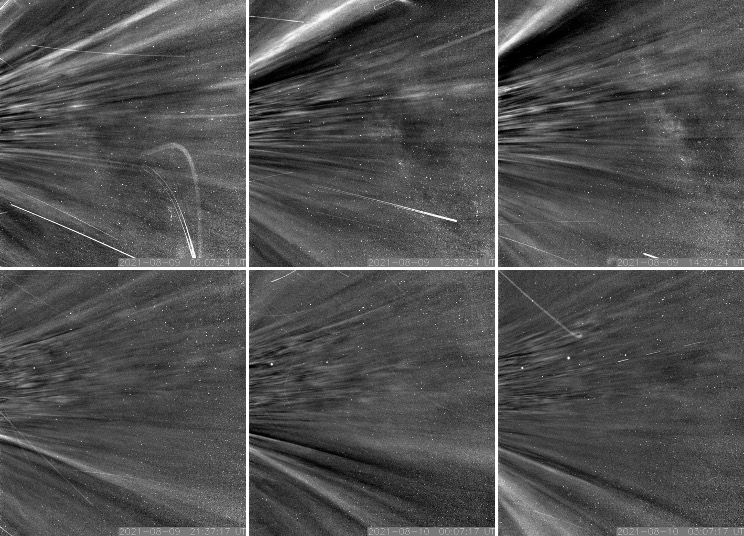Report by Hima Sutha
The Parker Solar Probe is a probe (a spacecraft that doesn’t carry astronauts and accumulates
information) launched by NASA with the mission to comprehend and collect more information about the sun’s outer corona. The corona is the outermost layer of the sun.
According to news reports released by NASA in the American Geophysical Fall Meeting, the Parker Solar Probe entered the sun’s atmosphere on 28 April 2021.
However, this ground breaking news was announced in December 2021 since NASA wanted to confirm it using scientific methods.
When the Parker Solar Probe entered into the Sun’s atmosphere in April, the distance between the probe and the Sun’s surface was about 13.69 million km. The probe entered the sun’s atmosphere again in August and November. Using data collected from the probe, scientists at NASA could determine that the sun’s atmosphere isn’t the same everywhere.
They could also deduce two new solar weather phenomena: switchbacks and pseudostreamers.
Switchbacks are the rays of charged particles with a zig-zag-like pattern that are emitted from the sun’s wind or solar wind. These switchbacks originate from the sun’s layer called the photosphere.
Pseudostreamers are enormous structures that arise from the sun’s surface. These huge structures can be seen from the Earth during solar eclipses.

